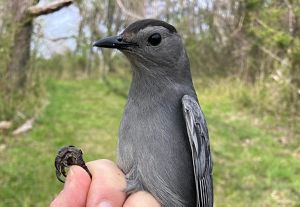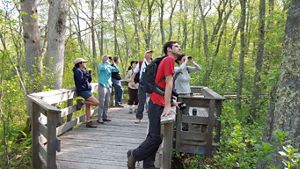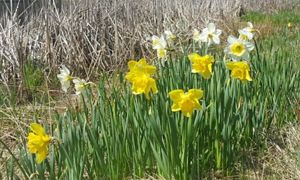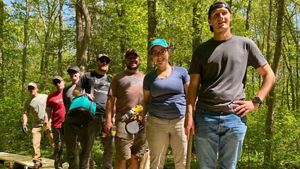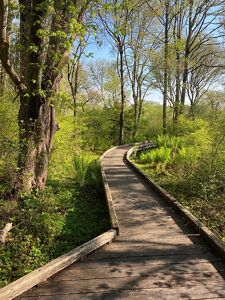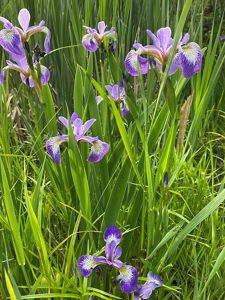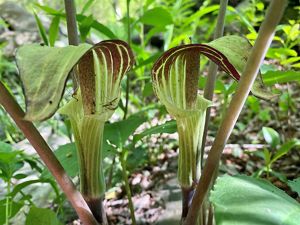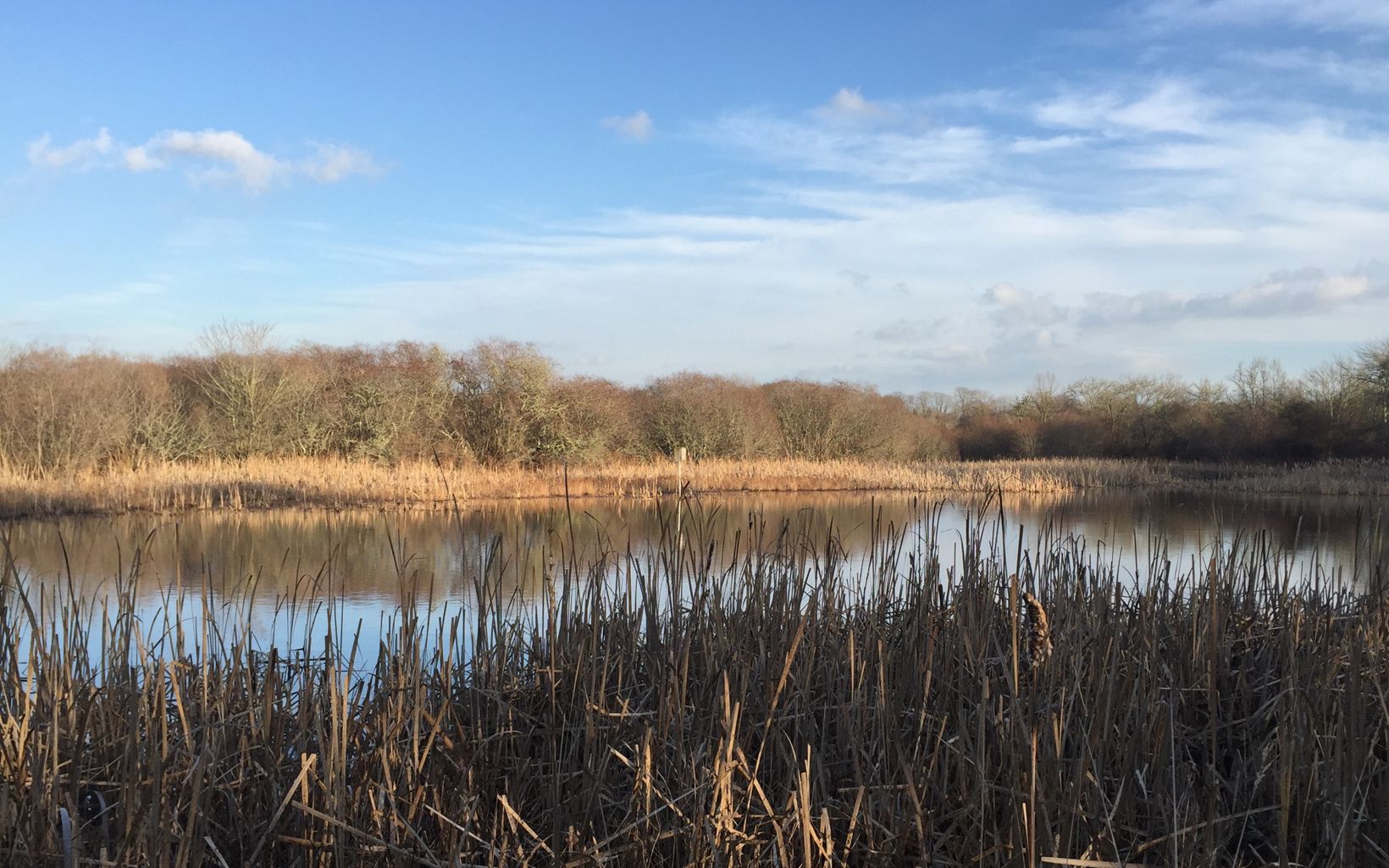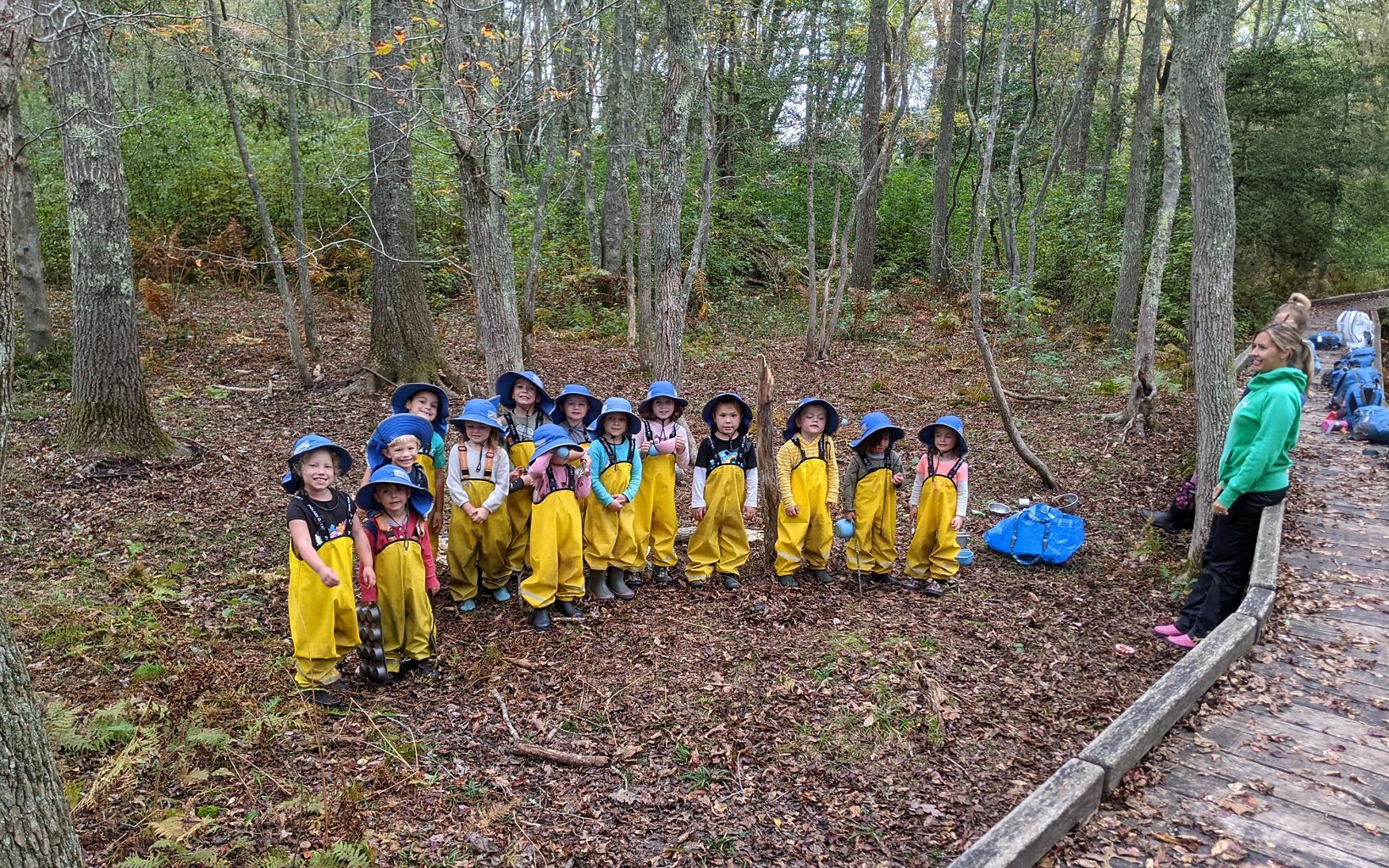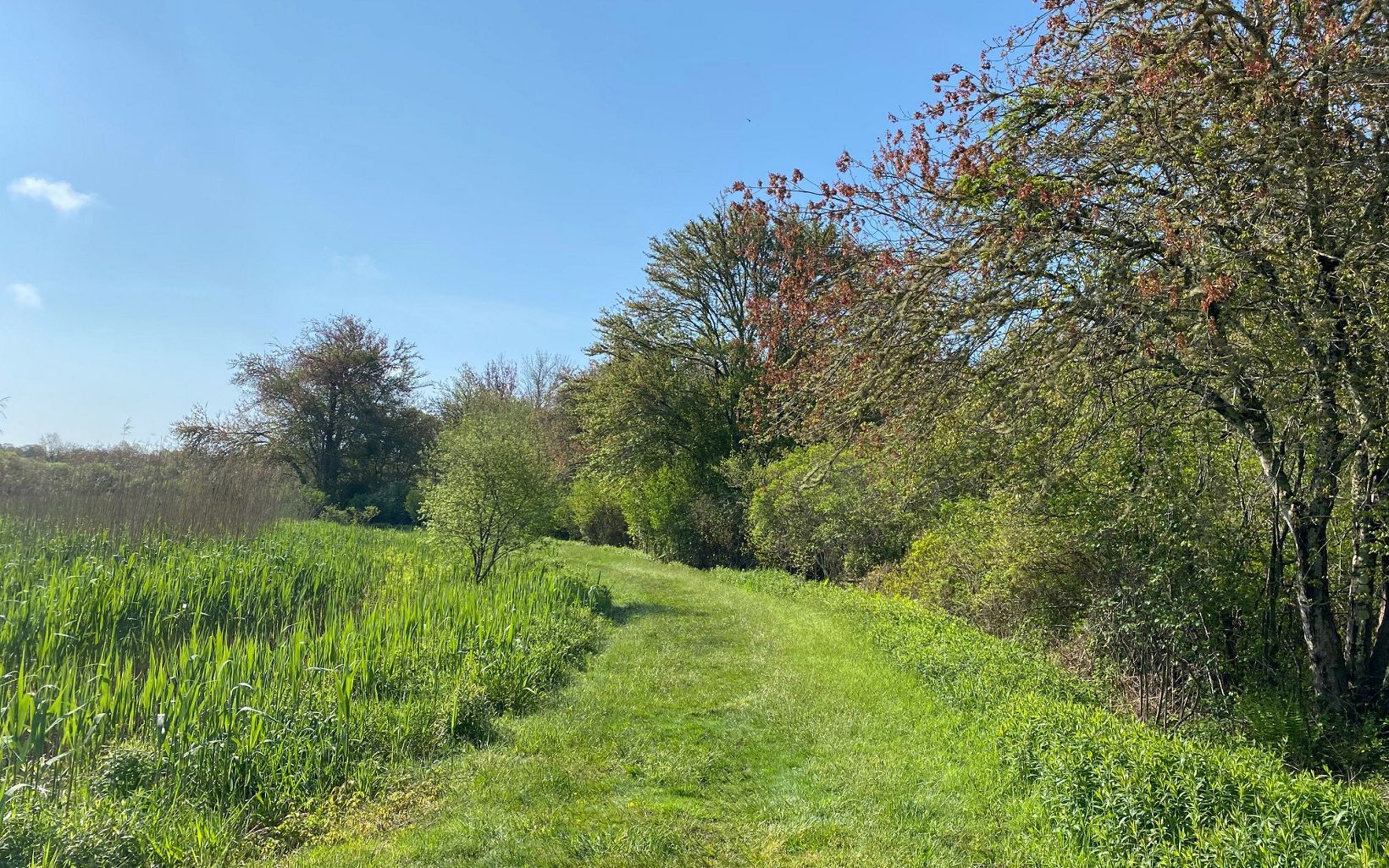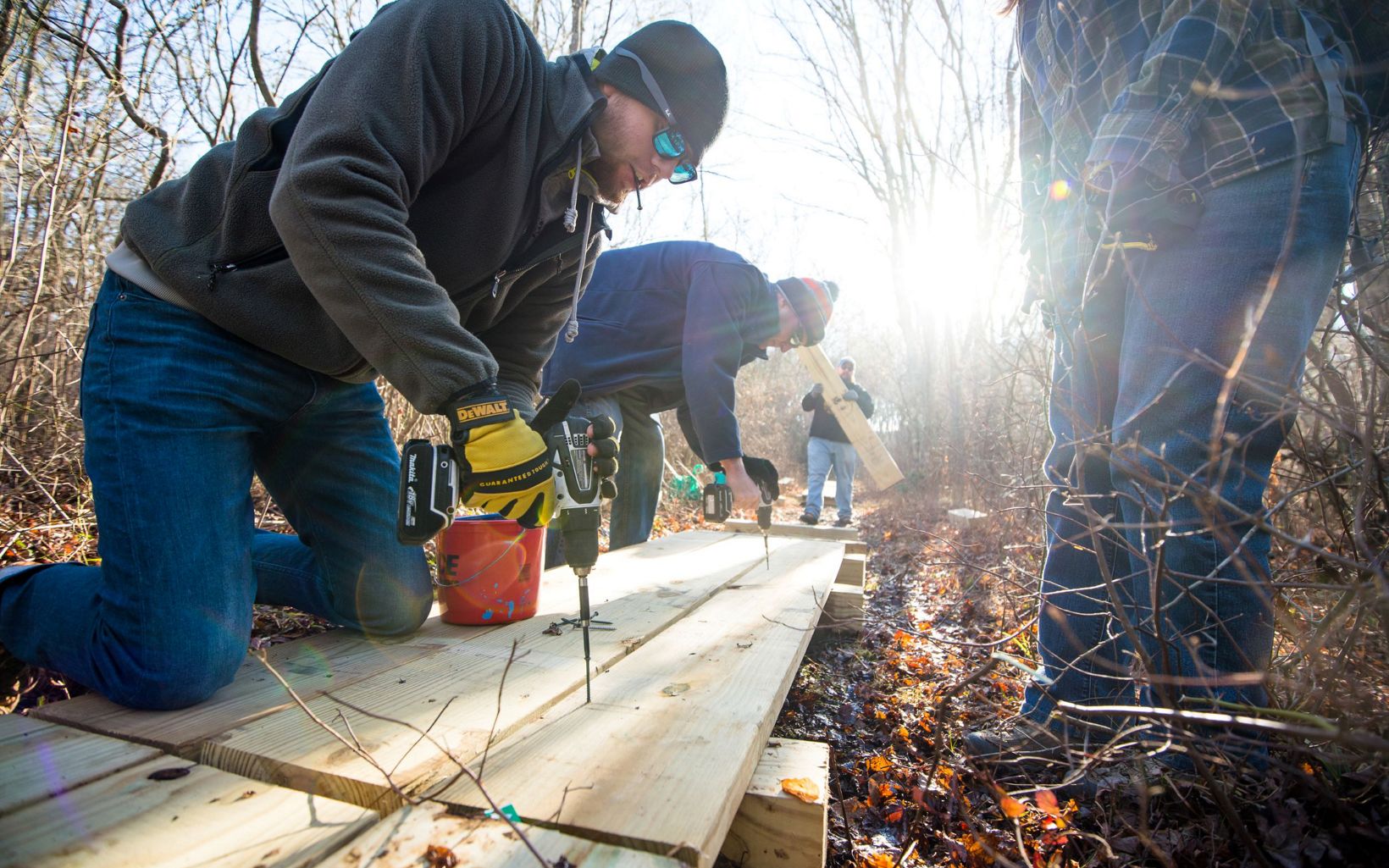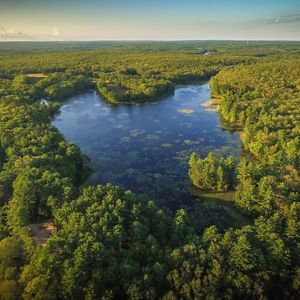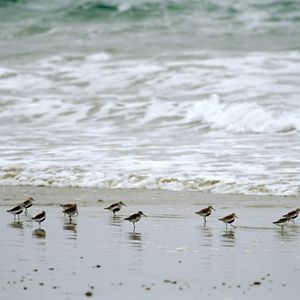Description
The Whitehead Preserve is a charming hideaway. Careful, historic plantings of native shrubs and wildflowers host a multitude of birds, butterflies and other pollinators. An easy, winding path circles three farm ponds surrounded by woods and open meadows. Each one is like a little outdoor gallery, inviting quiet exploration and appreciation of nature.
The preserve also includes a fully accessible, wooden boardwalk, which is particularly suitable for younger children and anyone with limited mobility. In a wet spring, there is water underneath its entire length. Forested wetlands, swamps and old fields support a changing variety of wildlife throughout the year, so this trail is well worth getting to know.
Dogs are not permitted at the Whitehead Preserve, due to the sensitive ecology of its wetlands and the confined space along the boardwalk trail.


